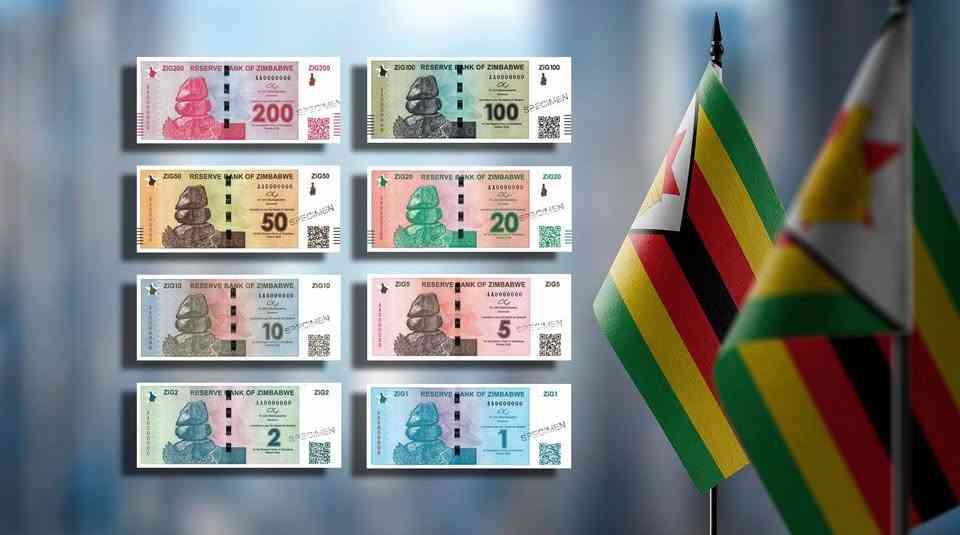
The African Export-Import Bank (Afreximbank, pictured) has uncovered a US$2,4 billion discrepancy in Zimbabwe’s official external debt figures — once again exposing potential flaws in the country’s fiscal reporting.
While the Ministry of Finance recently declared Zimbabwe’s external debt at US$12,2 billion, Afreximbank’s latest country brief places the figure at US$14,6 billion for 2024. The revelation came just days after Treasury tabled its debt report during the African Development Bank (AfDB) annual meetings.
“As of end-December 2024, Zimbabwe’s total public and publicly guaranteed debt stock stood at US$21 billion, comprising external debt of US$12,2 billion and domestic debt of US$8,8 billion,” Treasury said in a press release on Monday during the AfDB annual meetings.
But Afreximbank’s report paints a far bleaker picture of the country’s debt trajectory.
“As of 2024, the total external debt was US$14,6 billion, a marginal increase from US$14,2 billion in 2023,” the bank said.
“Projections indicate that external debt obligations will reach approximately US$14,9 billion in 2025 and US$15,5 billion in 2026, raising concerns about the management of external debt and the sustainability of public debt.”
The gap in figures raises serious questions about transparency in Zimbabwe’s debt reporting — at a time when the country is lobbying for US$2,6 billion in bridge financing and debt relief through the Structured Dialogue Platform.
This is not the first time Afreximbank has exposed inconsistencies in Zimbabwe’s debt disclosures.
- Renault hands Russian assets to Moscow
- New perspectives: Building capacity of agricultural players in Zim
- News in depth: Mnangagwa’s push for $12 billion mining industry imperils communities
- New perspectives: Building capacity of agricultural players in Zim
Keep Reading
In 2021, then Reserve Bank governor John Mangudya claimed the bank had lent US$9 billion to Zimbabwe. But Afreximbank president Benedict Oramah publicly corrected him, saying the true figure was US$13 billion — a US$4 billion gap that sparked fresh concerns over fiscal management.
In its latest report, Afreximbank warns that Zimbabwe’s external debt-to-GDP ratio — already at 61% in 2024 — is projected to climb to 67% in 2025 and 72% in 2026, far above the 50% threshold recommended for developing economies.
The bank attributes this worsening outlook to persistent budget deficits, currency volatility, and restricted access to international credit markets — all compounded by ballooning external arrears.
Zimbabwe’s external debt service-to-revenue ratio — another key risk indicator—is projected at 52,2% in 2025 and 54,4% in 2026, significantly overshooting the sustainable ceiling of 18%.
“These trends point to mounting fiscal stress,” Afreximbank said.
“However, debt relief negotiations, economic reforms, and improved domestic revenue mobilisation could ease the burden over the medium term.”
Afreximbank’s sharp critique comes as investor confidence remains fragile and global lenders grow increasingly wary of Harare’s financial credibility. Analysts say the widening data gaps could complicate already delicate debt restructuring talks and jeopardise prospects for future support.
“Overall, the assessment suggests Zimbabwe is in debt distress,” the bank concluded, urging stronger fiscal discipline, enhanced transparency, and urgent structural reforms.











